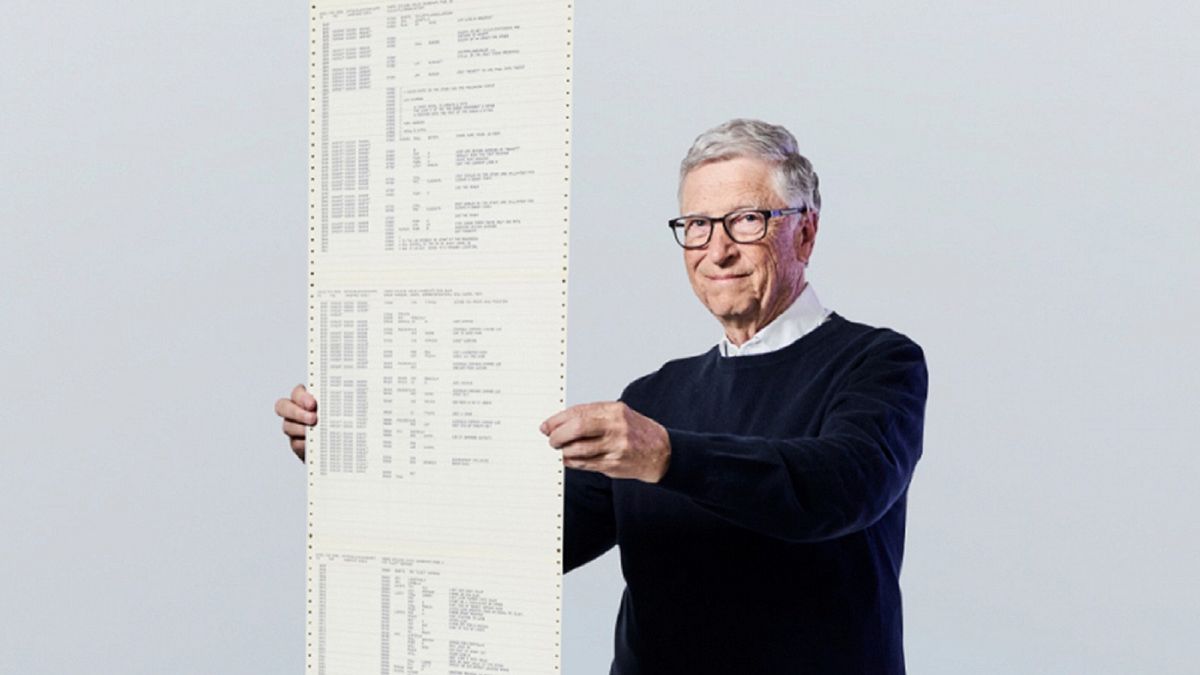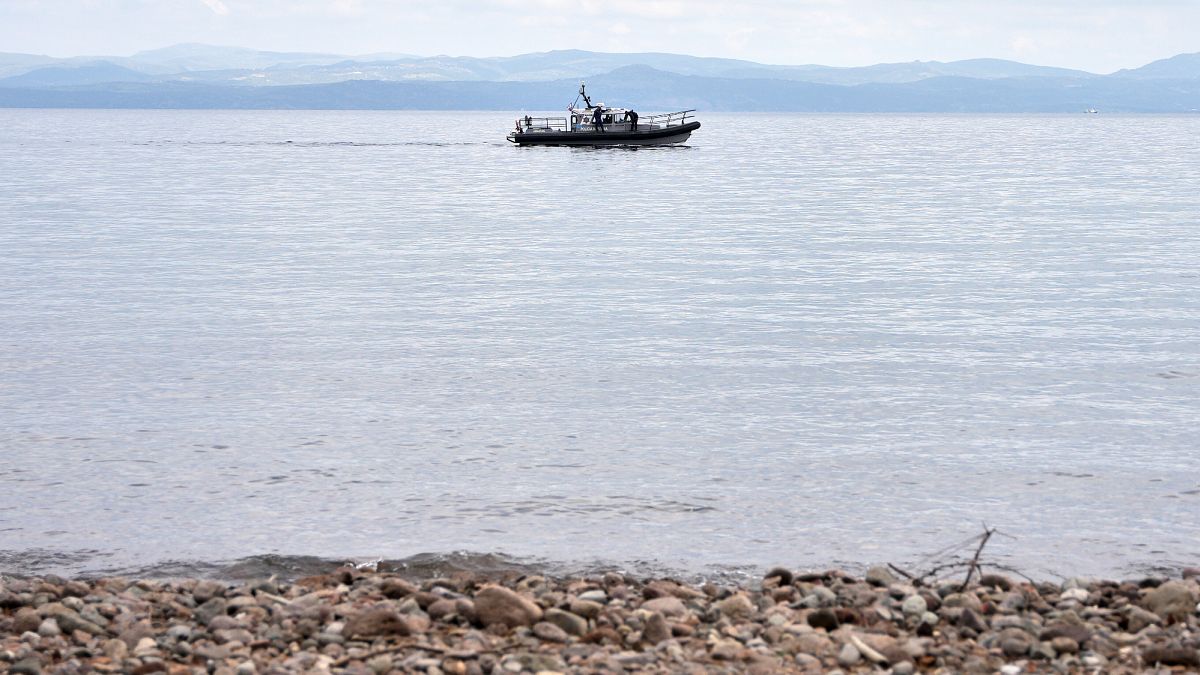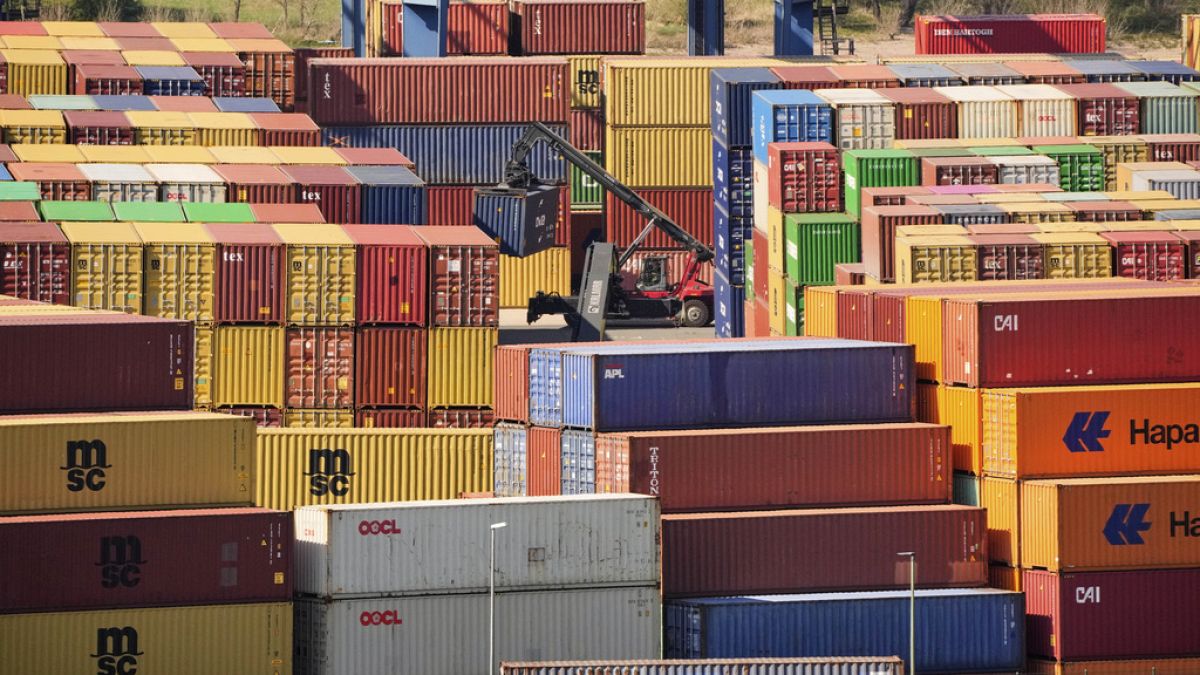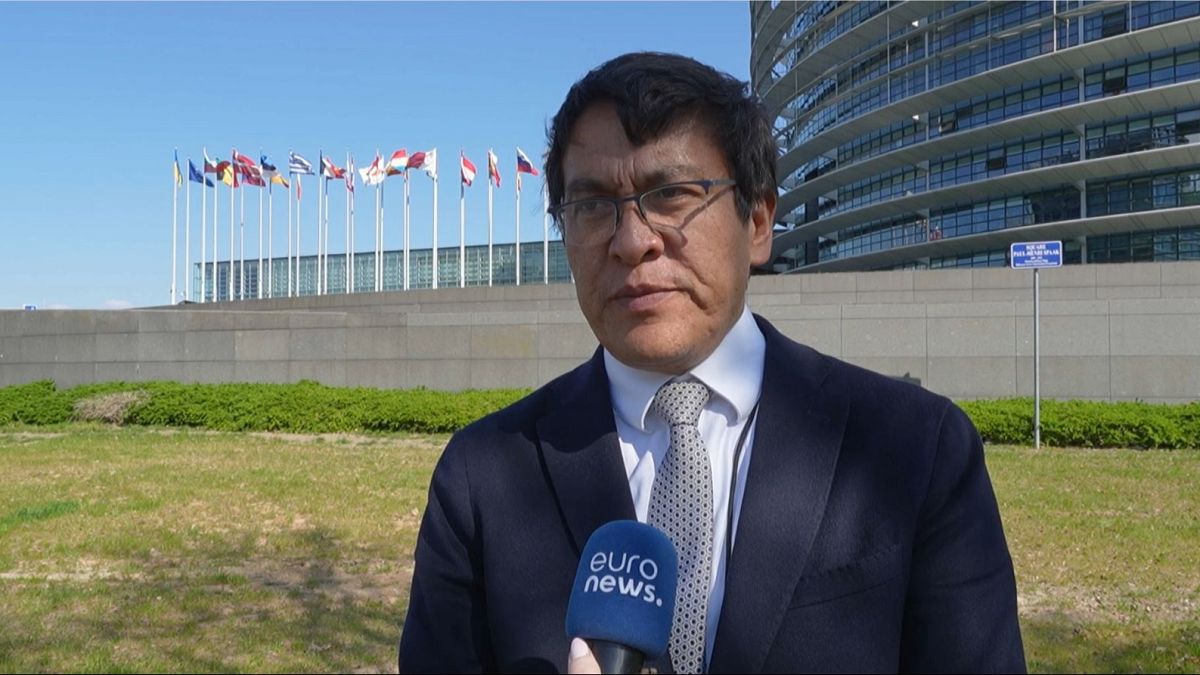What makes fusion energy so challenging, and why is there so much hype around it? Euronews Tech Talks explored these questions through the JET project.
Nuclear fusion might sound like something out of a science fiction film - and in the past, it certainly has been.
In the iconic science fiction movie "Back to the Future," for instance, the main characters travel to the future using a car modified with a travel-sized nuclear fusion reactor.
Fusion energy is not expected to break the space-time barrier in real life, yet this energy source has attracted lots of attention and investment from the scientific community.
But what is fusion energy and could it revolutionise the energy landscape?
What is fusion energy?
Fusion energy is one of the two ways to produce nuclear energy together with nuclear fission, the method currently used in power plants to create electricity.
Nuclear fusion happens when two light atomic nuclei fuse. Typically, the light nuclei are two isotopes of hydrogen: deuterium and tritium. When they merge, they create one nucleus of helium, a neutron, and fusion energy.
Unlike nuclear fission, nuclear fusion is still being researched and is not yet an exploitable energy source.
“In the case of a fusion, we try and have a reaction between two particles, both charged positively,” says Roberto Zanino, a professor at the Polytechnic University of Turin in Italy.
“This is difficult, and is the main reason why we do not have fusion reactors producing electricity around the world right now”.
To overcome the repulsion of the two particles, nuclear fusion needs plasma, a hot, ionised, and electrically-charged gas, without which nuclear fusion would be impossible.
The problem with plasma, however, is that it is produced at extremely high temperatures, which are difficult to achieve and sustain within a fusion reactor. Due to its density, plasma is also incredibly difficult to contain in a specific volume and maintain over time.
Despite these hurdles, fusion holds immense potential, experts say. Like nuclear fission, it does not produce CO2, and compared to fission, nuclear fusion produces little and short-term radioactive waste.
“The fusion reaction is so difficult to realise that the risk you run is not that the power diverges getting another Chernobyl, or another Fukushima,” Zanino tells Euronews. “The risk is that the reaction just runs off because it is self-regulated and difficult to keep on”.
The JET project
Around the world, there are over 130 public and private experiments working on developing fusion energy.
The most ambitious project is in southern France in Saint-Paul-lez-Durance. There China, the European Union, India, Japan, Korea, Russia, and the United States are collaborating on ITER, a project to achieve fusion power on a power plant scale.
This project is not yet functioning and relies on the results coming from other experimental projects like JET, the Joint European Torus, built in the late 1970s in Culham, near Oxford.
JET is composed of a tokamak approximately 15 metres in diameter and 12 metres high. Tokamak is the name used to indicate the ring-shaped structure where the fusion happens.
“It's a big metal doughnut. And when I say big, it's something that has about 100m³ of volume,” Fernanda Rimini, the United Kingdom Atomic Energy Agency Head of Operations, Control and Tokamak Systems, told Euronews.
Inside the tokamak, the plasma is heated to temperatures of roughly 150 million degrees Celsius. Magnetic fields keep the plasma away from the tokamak’s walls, confining it into the central vacuum vessel. And when the ideal conditions are met, nuclear fusion takes place.
Jet’s last experiment in December 2023 set the world record for fusion energy since the tokamak released 69 megajoules of fusion energy during a 5.2-second plasma discharge.
However, the journey to fulfil the record-breaking experiment was filled with obstacles.
When Professor Steven Cowley joined the JET project as head of the Culham Centre for Fusion Energy and CEO of the United Kingdom Atomic Energy Agency in 2008, the European experiment was undergoing major changes.
The tokamak’s carbon-made walls had been replaced with metal ones, which complicated the team's efforts to match the machine's previous performance levels.
“(In 2012) The results of our experiments were horrible, they were depressingly bad! We couldn't get the temperature up, and we couldn't get the performance up,” Steven Cowley recalls.
Eventually, the multidisciplinary team at JET managed to improve the tokamak performance, yet this project only represented the first step in fusion energy's implementation.
JET scientifically demonstrated that fusion energy is possible, ITER will demonstrate that fusion energy is possible on a power plant scale, and then it’ll be the time of Demo, experts say.
“This step that will demonstrate that fusion can not only be obtained but also be sold is called Demo for Demonstration Reactor... (which is) the final step of research and development on the way to the reactor," said Ambrogio Fasoli, CEO of the European consortium, EUROfusion.
But when will we be able to charge our phones with electricity produced by fusion energy?
Find out the answer in this episode of Euronews Tech Talks.

 4 months ago
36
4 months ago
36






 We deliver critical software at unparalleled value and speed to help your business thrive
We deliver critical software at unparalleled value and speed to help your business thrive






 English (US) ·
English (US) ·